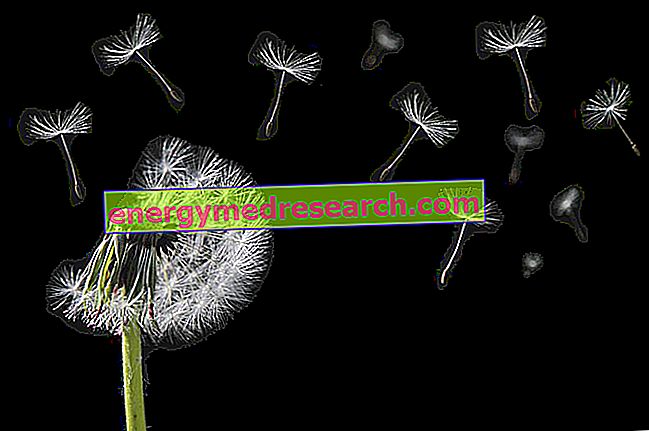See also: Frequency Defecation - When it is normal and when not
Defecation consists of the emission of faeces from the body. In essence, it is a physiological reflex triggered by the distension of the terminal portion of the large intestine, called the rectum.

Mass contractions do not occur continuously like those of remixing, but occur on average three or four times a day. Their onset is often associated with the appearance of the defecation reflex. It usually occurs once a day, but it is still considered a physiological frequency between a discharge every two days and three a day. It is possible to understand how long the stools remained in the colon by examining their appearance and comparing it with a scale ranging from liquid consistency (diarrhea, insufficient permanence) to caprine consistency (particularly hard pellets, excessive permanence), passing through the classic form a salsicciotto, which becomes more or less knotty as you get closer to a picture of constipation.
Mass peristaltic movements typically occur in moments after awakening; favored by the upright assumption and the first steps, they push the content towards the rectum producing the stimulus. In some people it is a physiological impulse so strong that it urges them to defecate urgently. Other subjects, on the other hand, need to wake up their intestines with a hearty breakfast. Due to a mechanism called gastrocolic, distension of the stomach sets the colon in motion, generating the long-awaited stimulus.
As we said, the reflex of defecation is triggered by the passage of fecal material in the rectum. The internal anal sphincter releases, while the external one, which is voluntary therefore controllable, contracts. If the situation is deemed appropriate, the external anal sphincter is released, as is the levator ani and defecation occurs.
The whole process is favored by voluntary abdominal contractions and forced expiration with closed glottis (Valsalva maneuver). All this is intended to increase intra-abdominal pressure and promote defecation. In reality, it would be much better to wait for it to start spontaneously and only then should it exert a slight pressure to facilitate emptying (preventive action on the development of hemorrhoids).
Defecation is a voluntary act and is based on two coordinated events: the relaxation of the pelvic floor and the increase in intra-abdominal pressure. When the rectum is empty there is no desire to evacuate. When the feces enter the rectum, the pressure exerted on the rectal wall determines a feeling of fullness. The further distension of the rectal wall induces the release of the internal anal sphincter allowing the feces to come into contact with the sensory receptors present on the upper part of the anal canal; thus the evacuative sensation is felt, which also determines the relaxation of the external sphincter and of the pelvic floor muscles. When, on the other hand, the pelvic floor muscles contract to maintain continence, the stools remain in the upper part of the rectum no longer coming into contact with the anal mucosa. The accommodation of the muscular fibrocells in the new content reduces the tension of the rectal wall and the desire to evacuate ceases.
The evacuation is favored by the taking of particular positions, such as the crouching one, in which the abdomen is naturally compressed against the thighs.
Defecation is also influenced by the psychological state and dietary habits of the subject (see diet for constipation), which can favor a slowing down or an increase in intestinal motility (see diarrhea and constipation).



